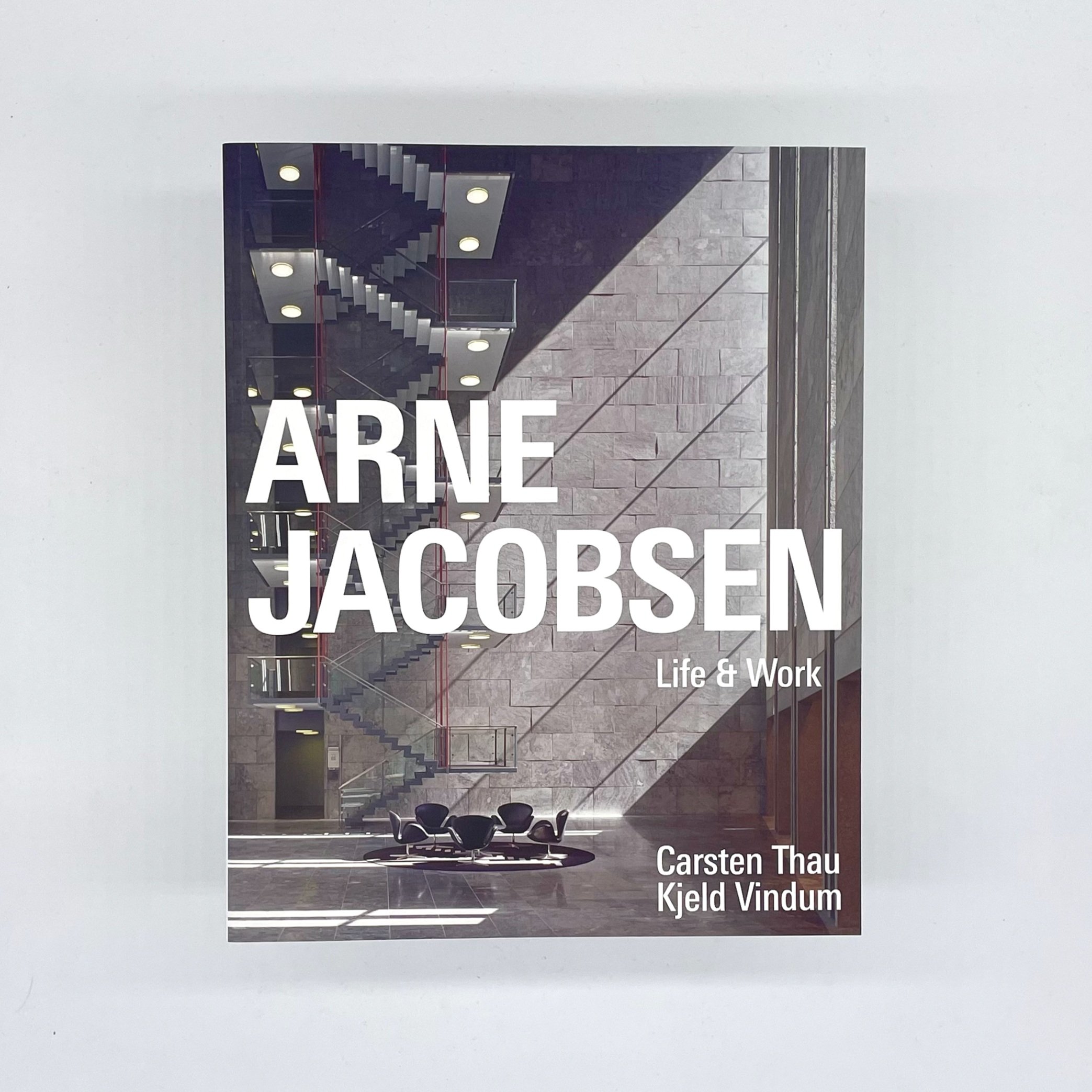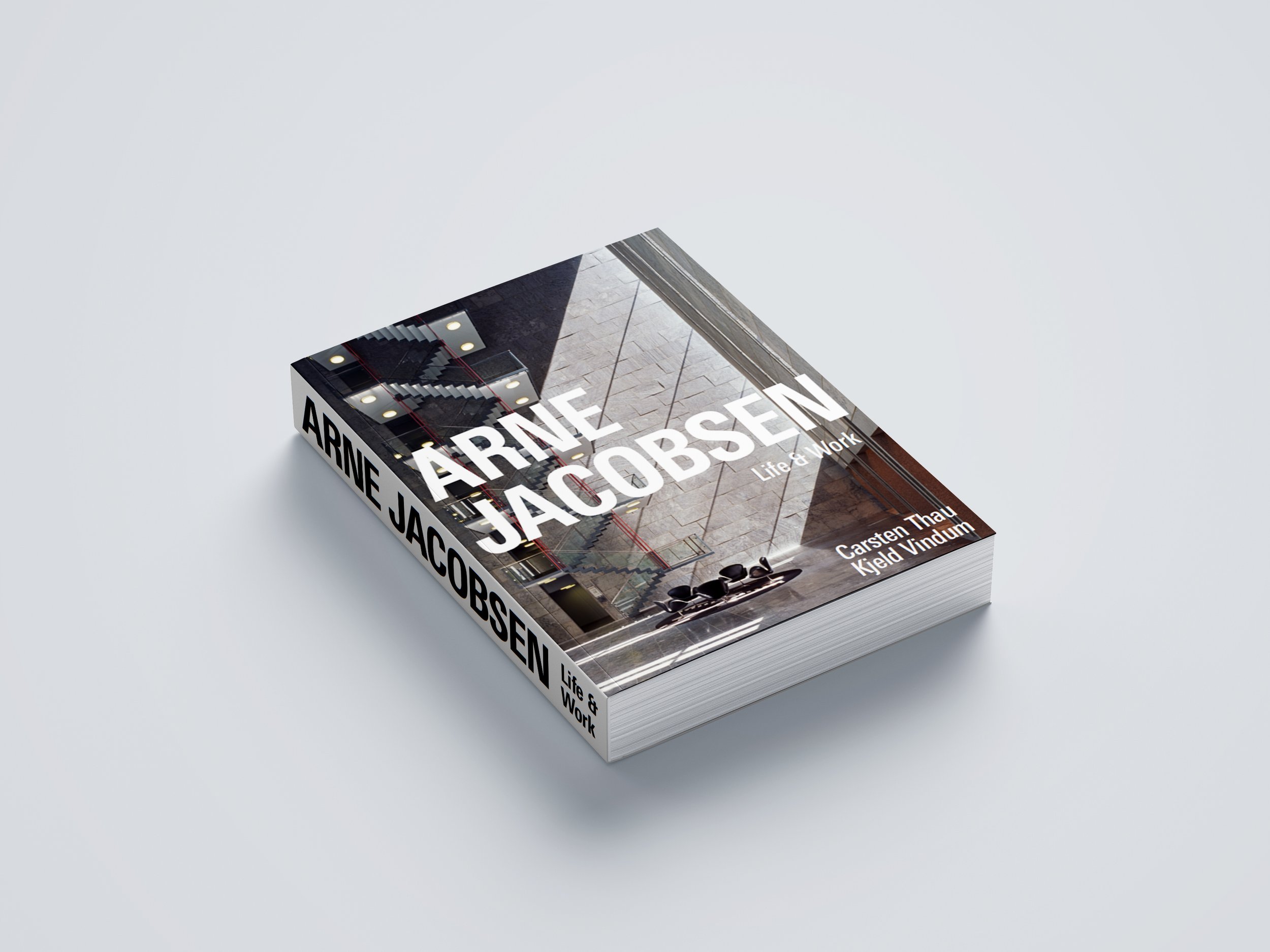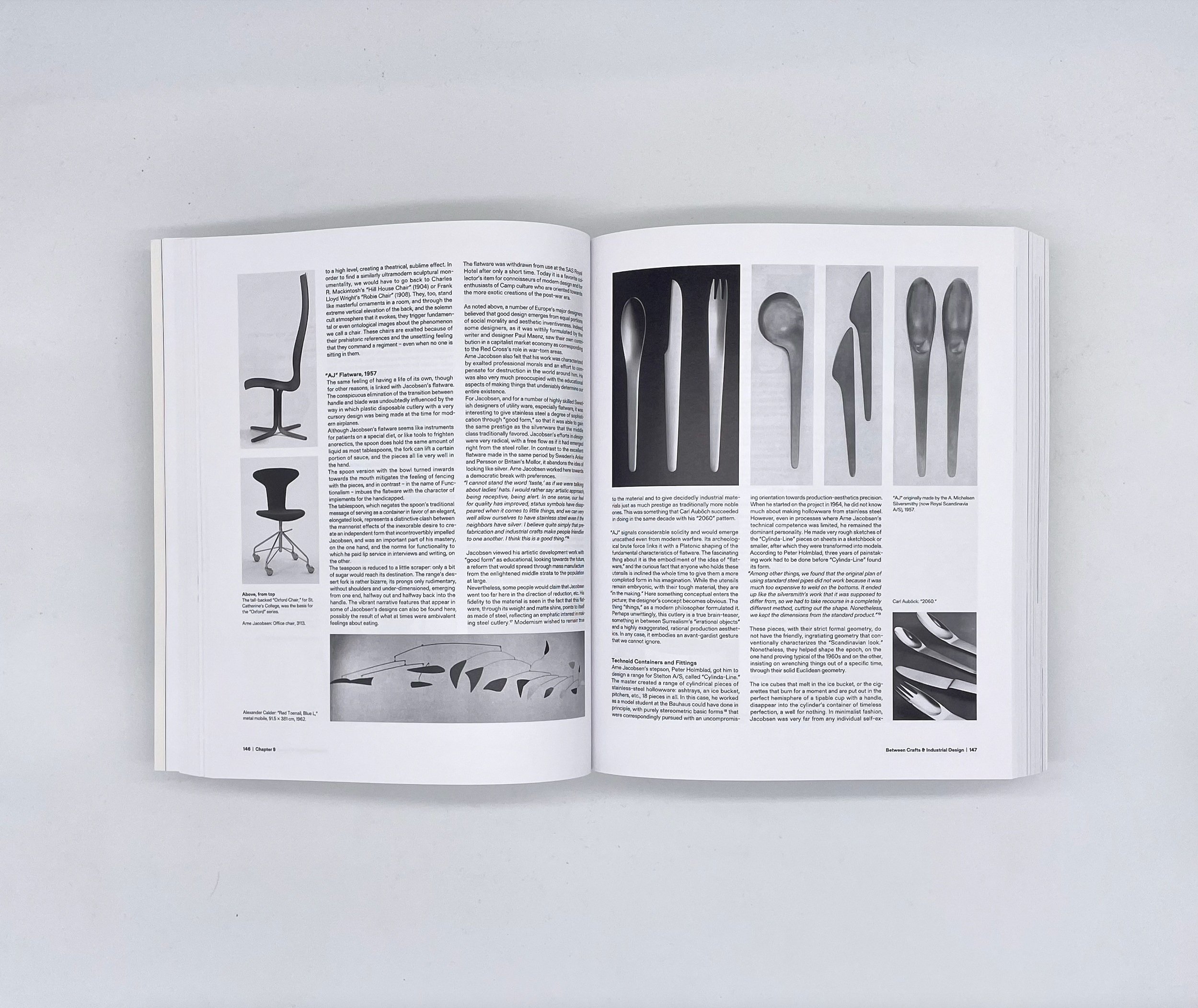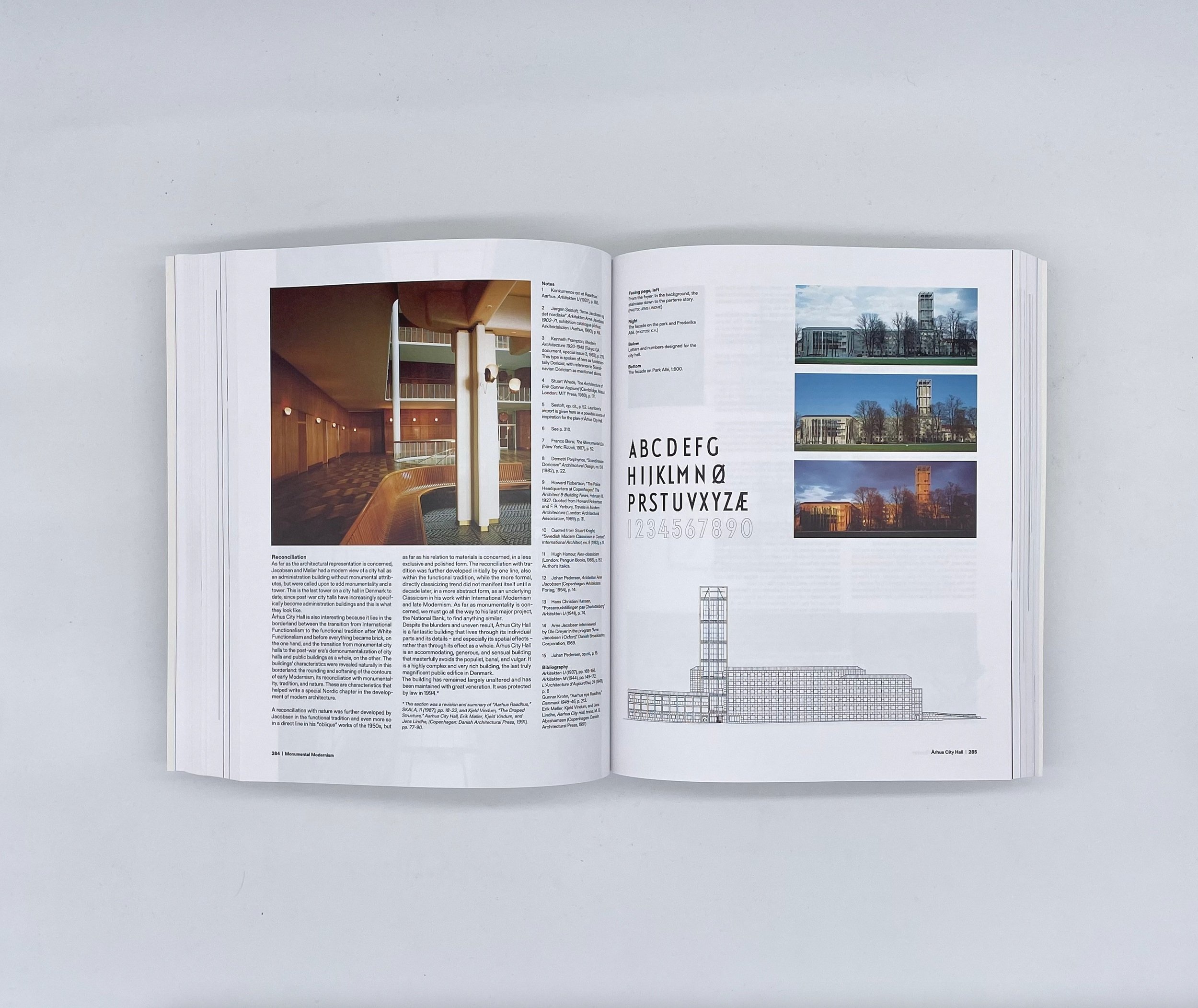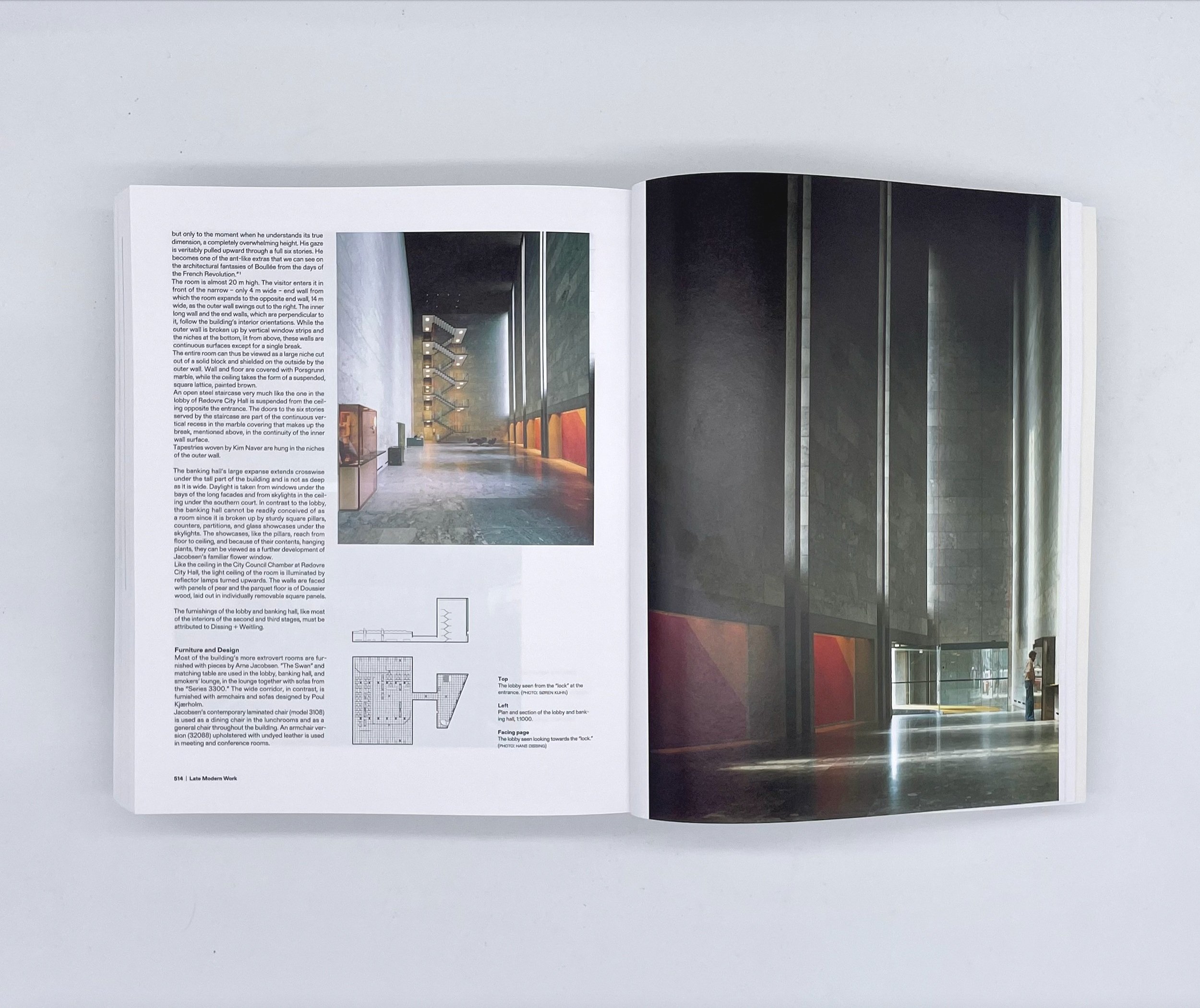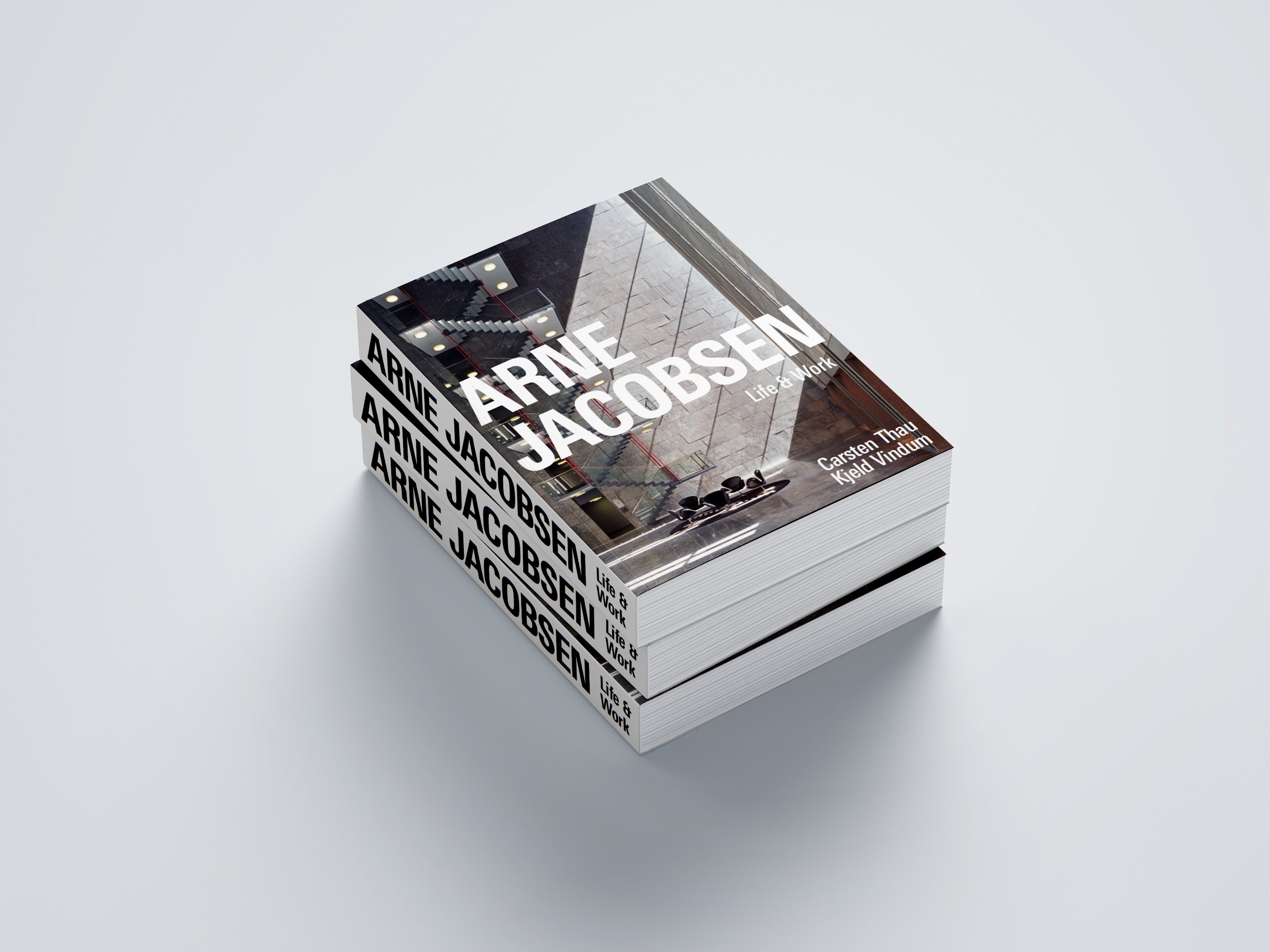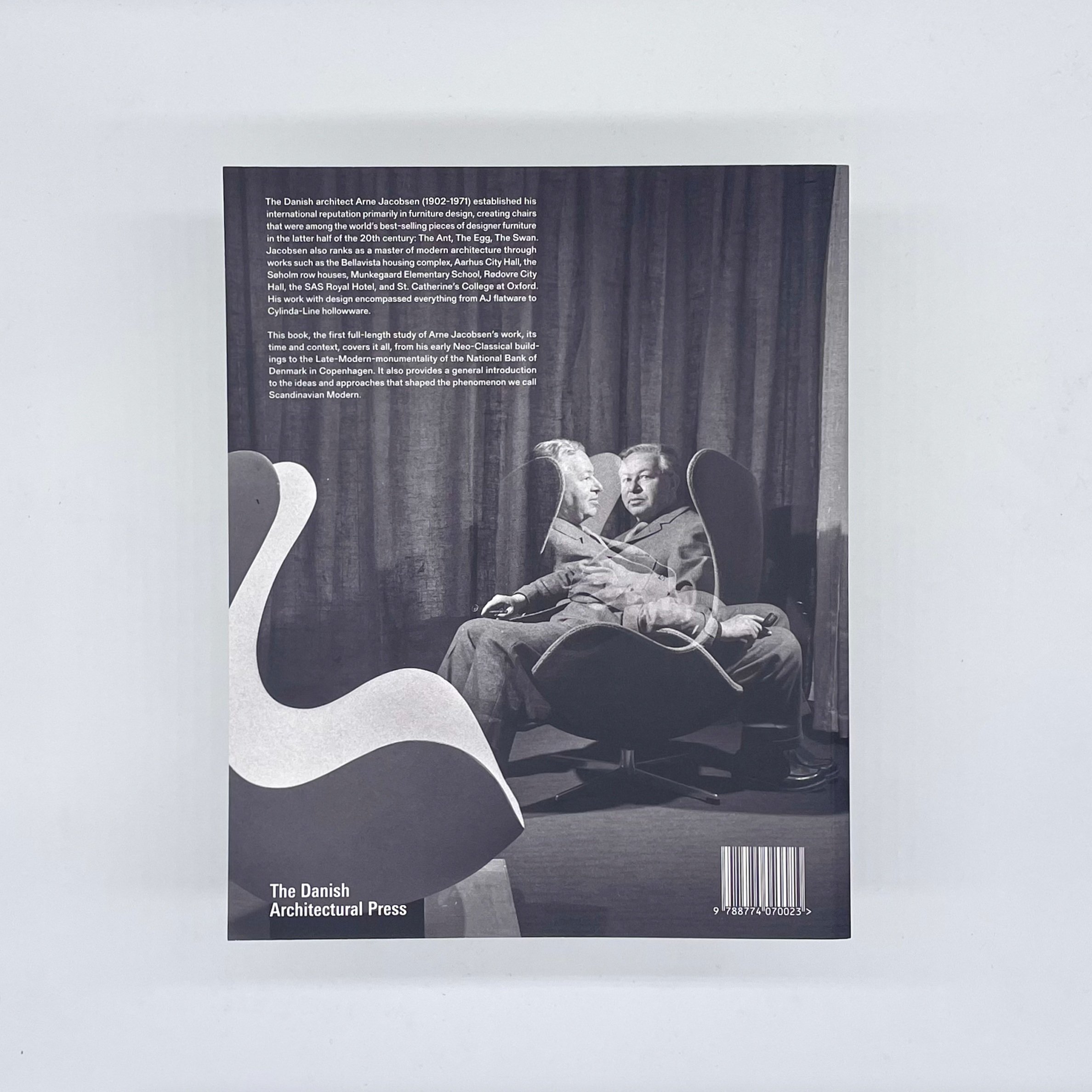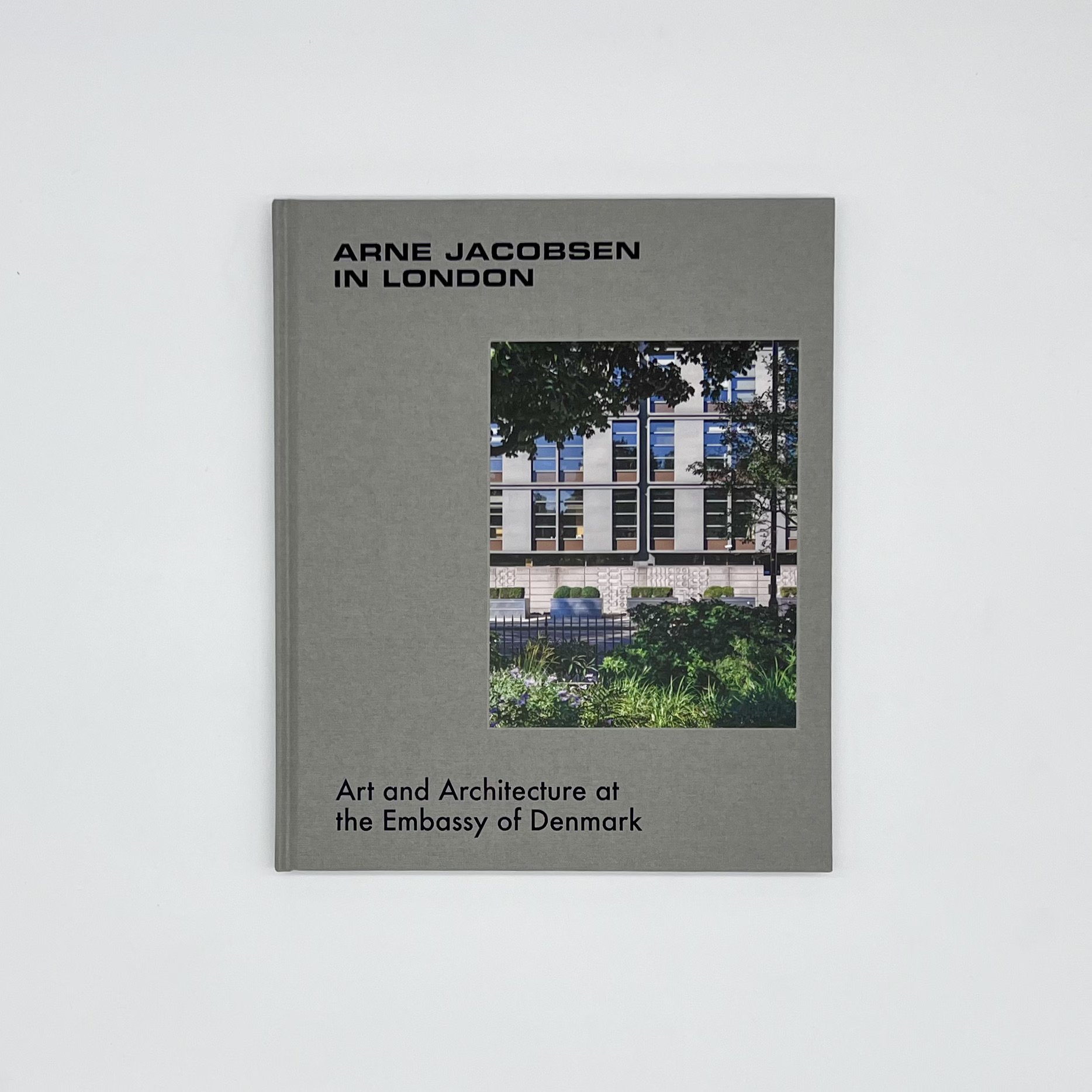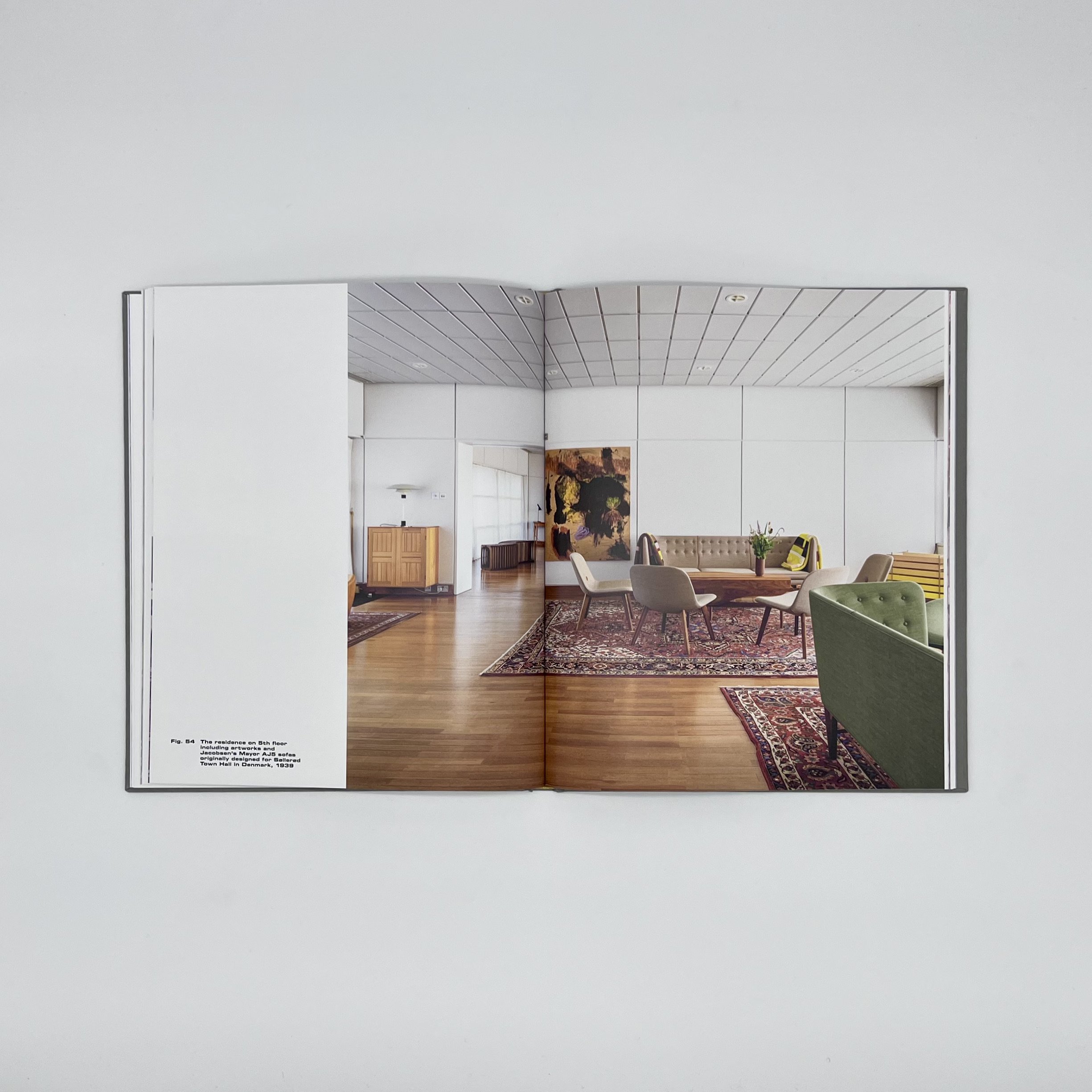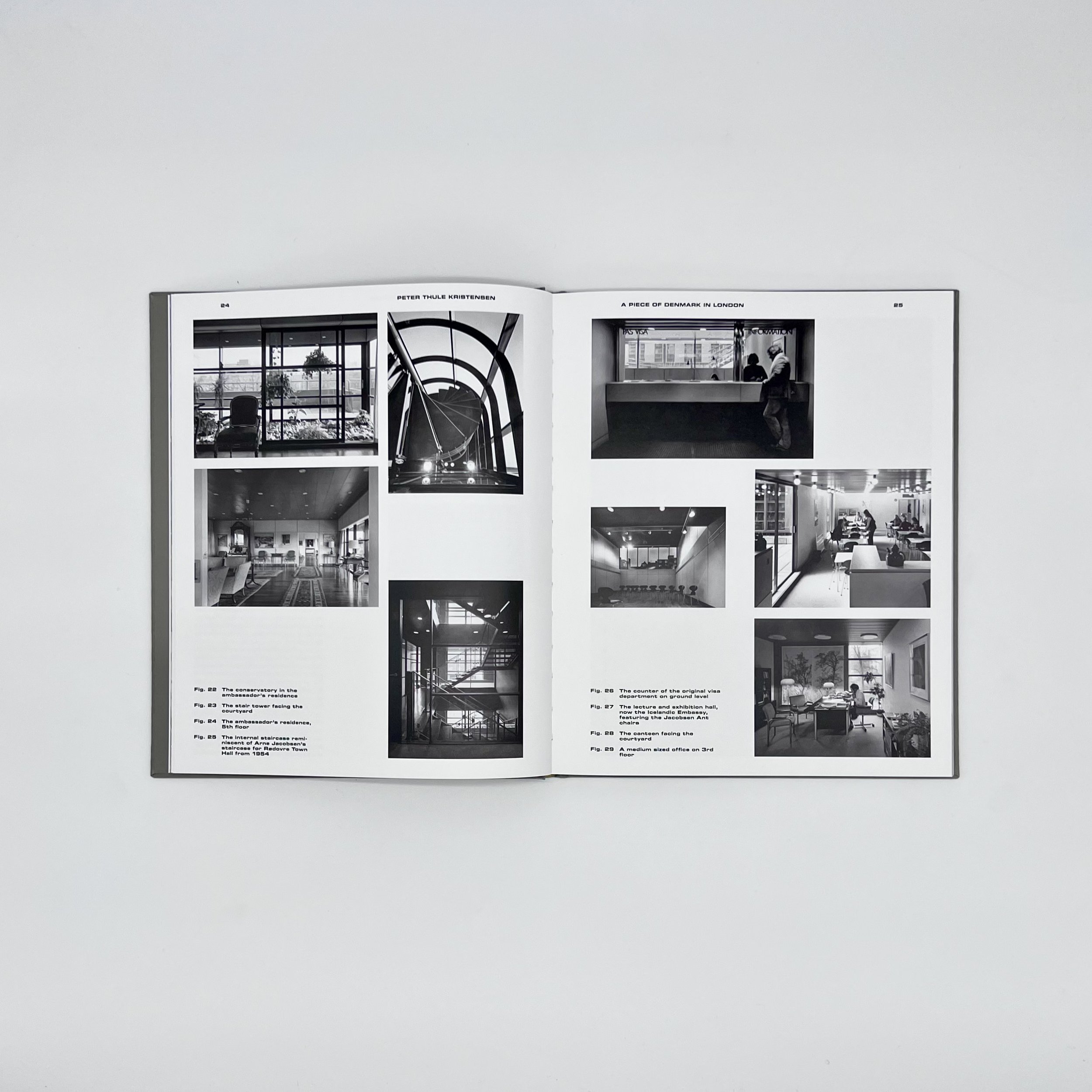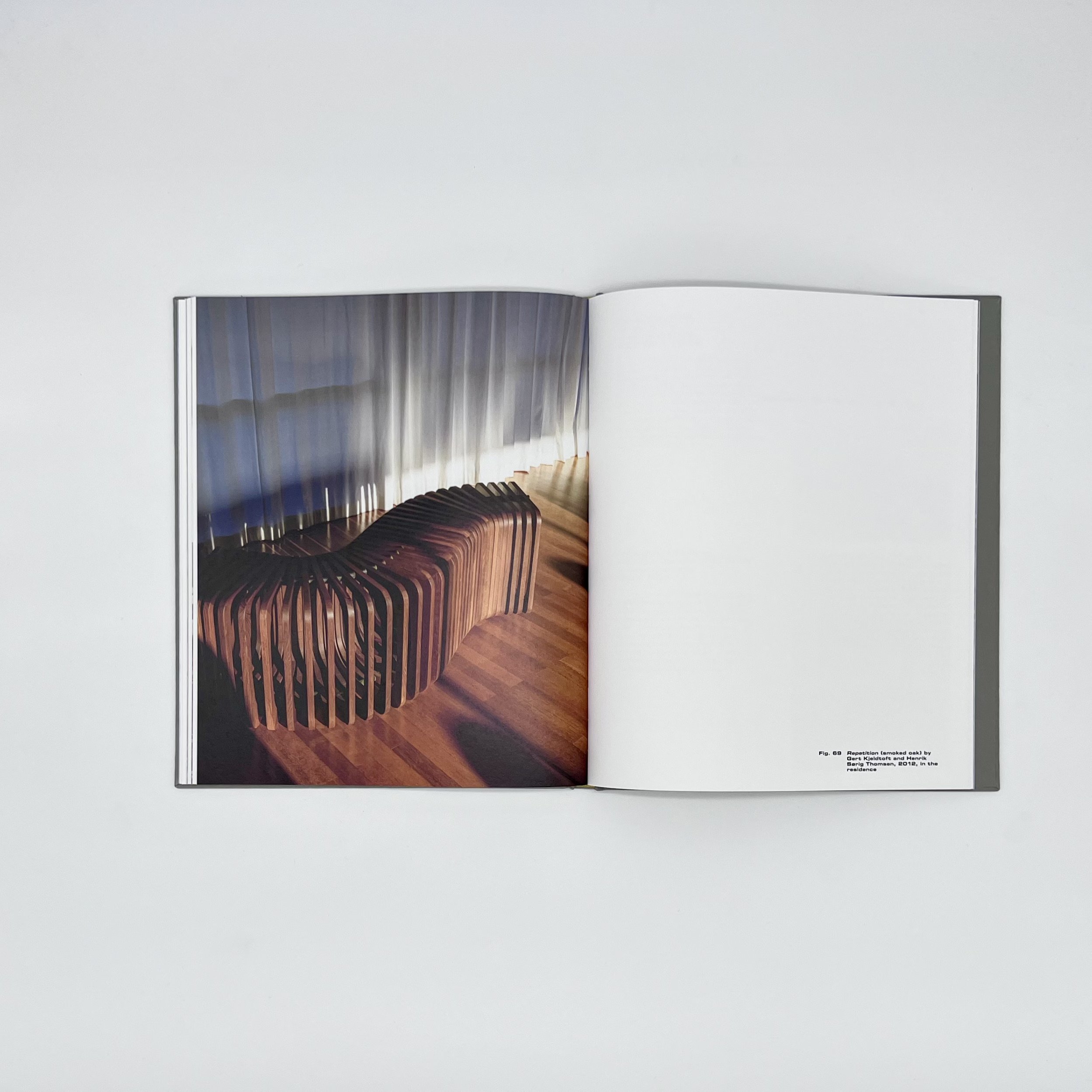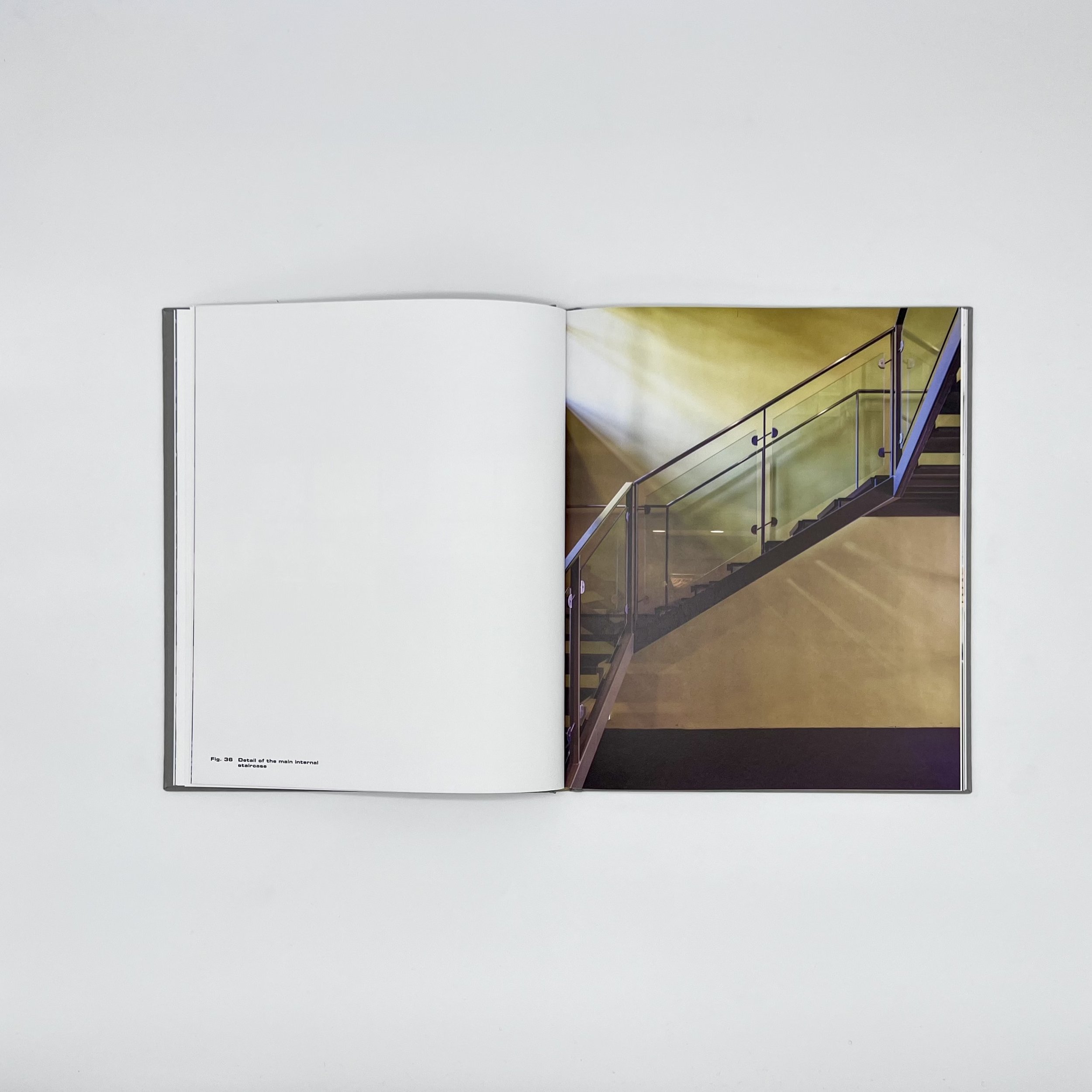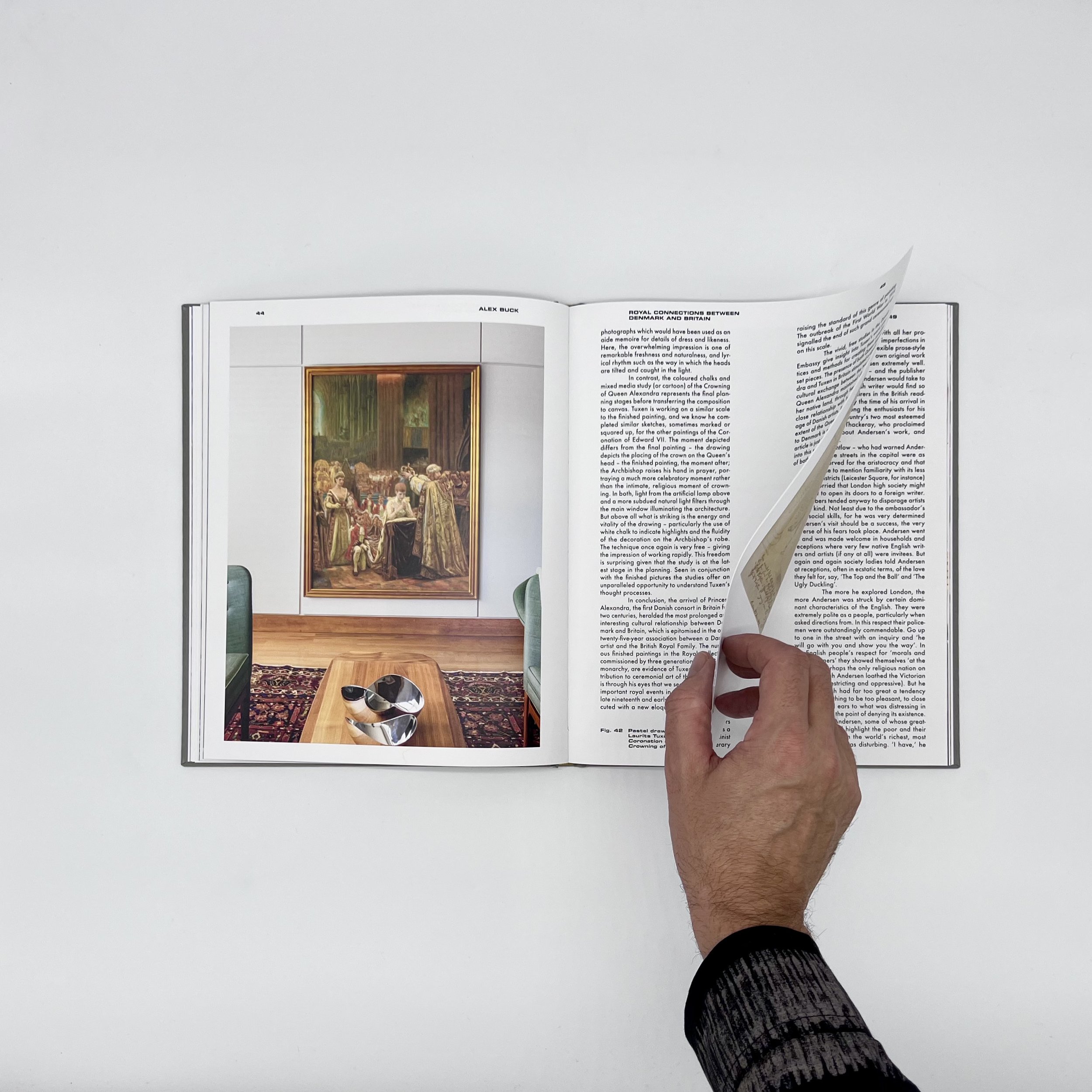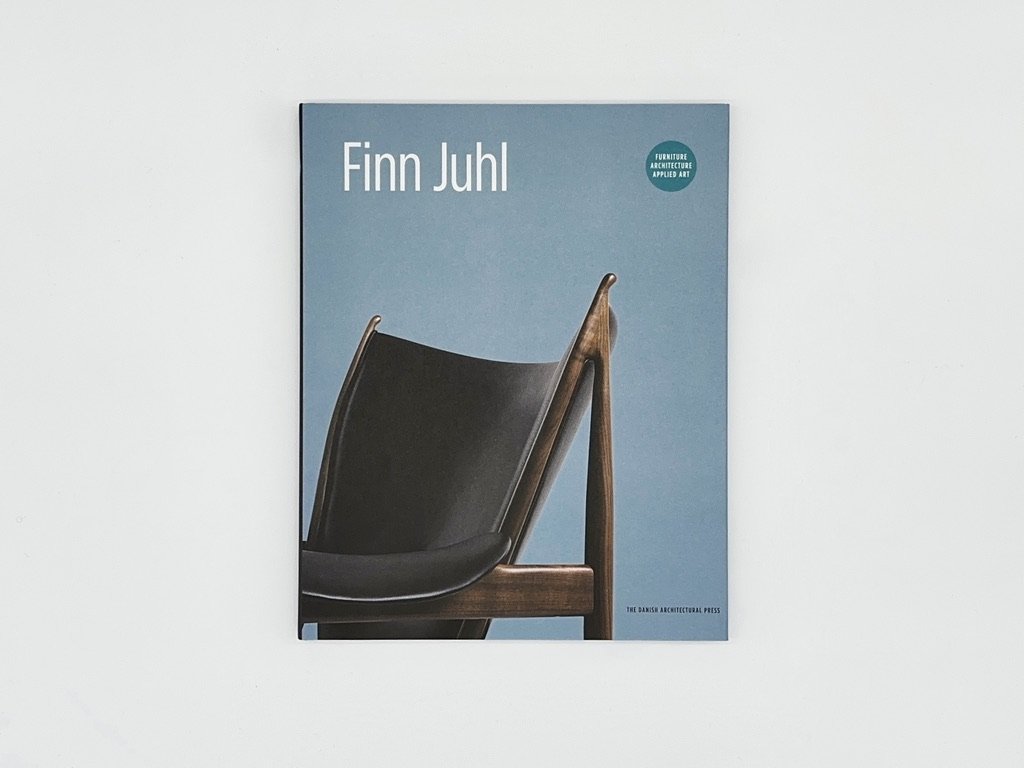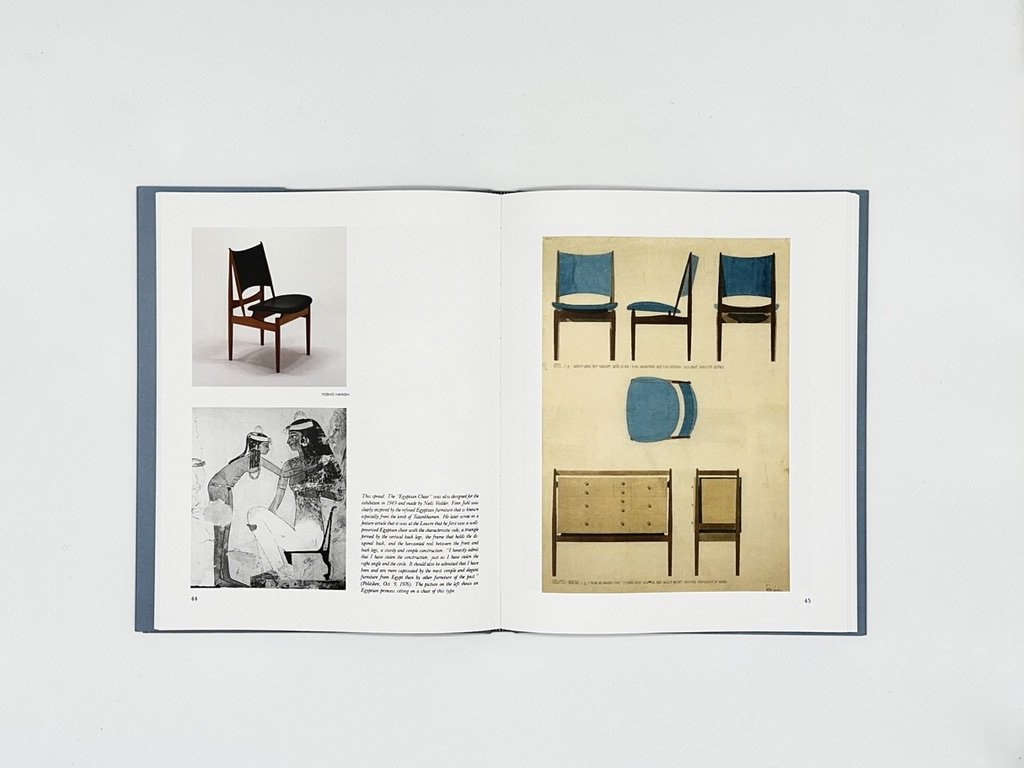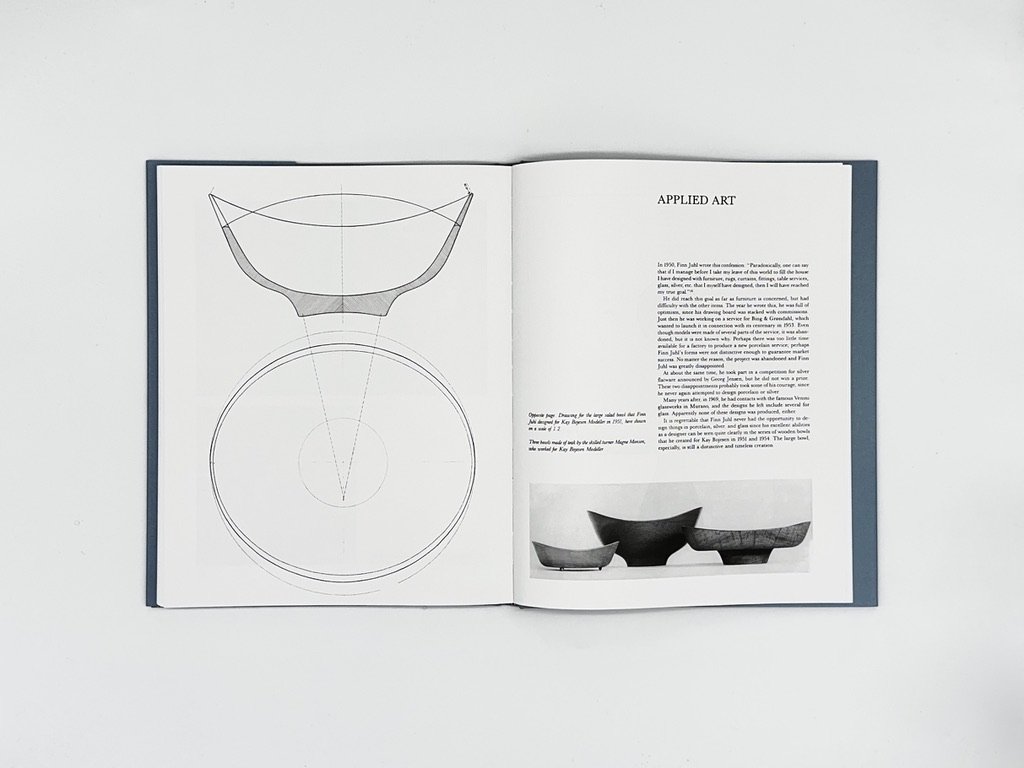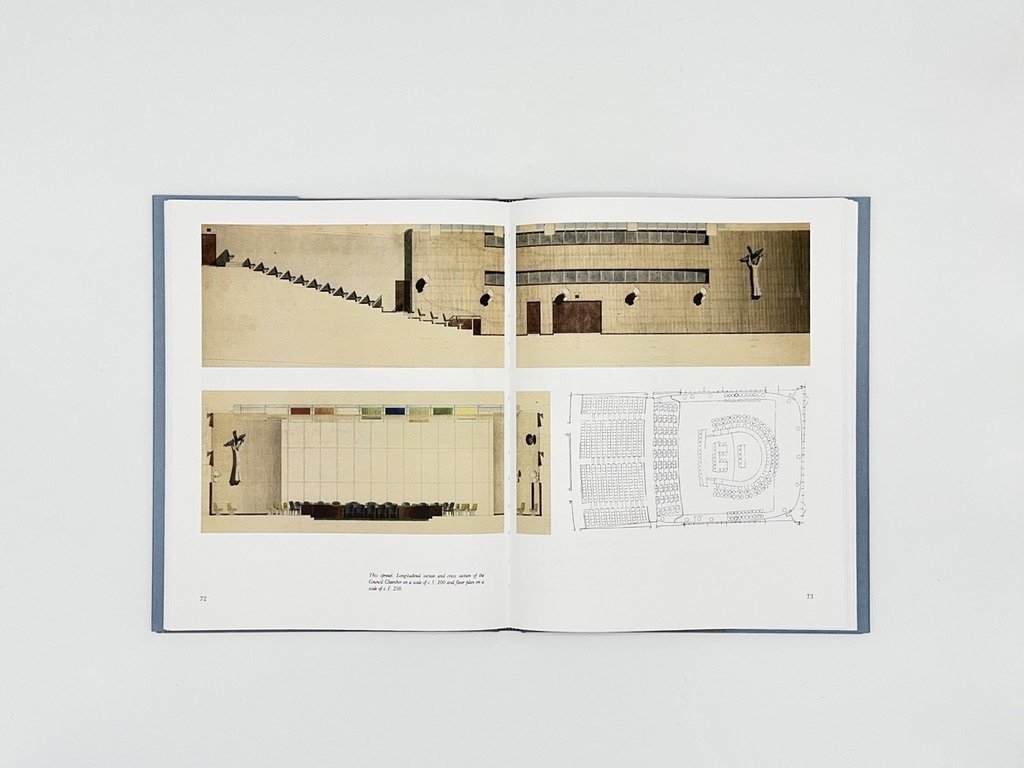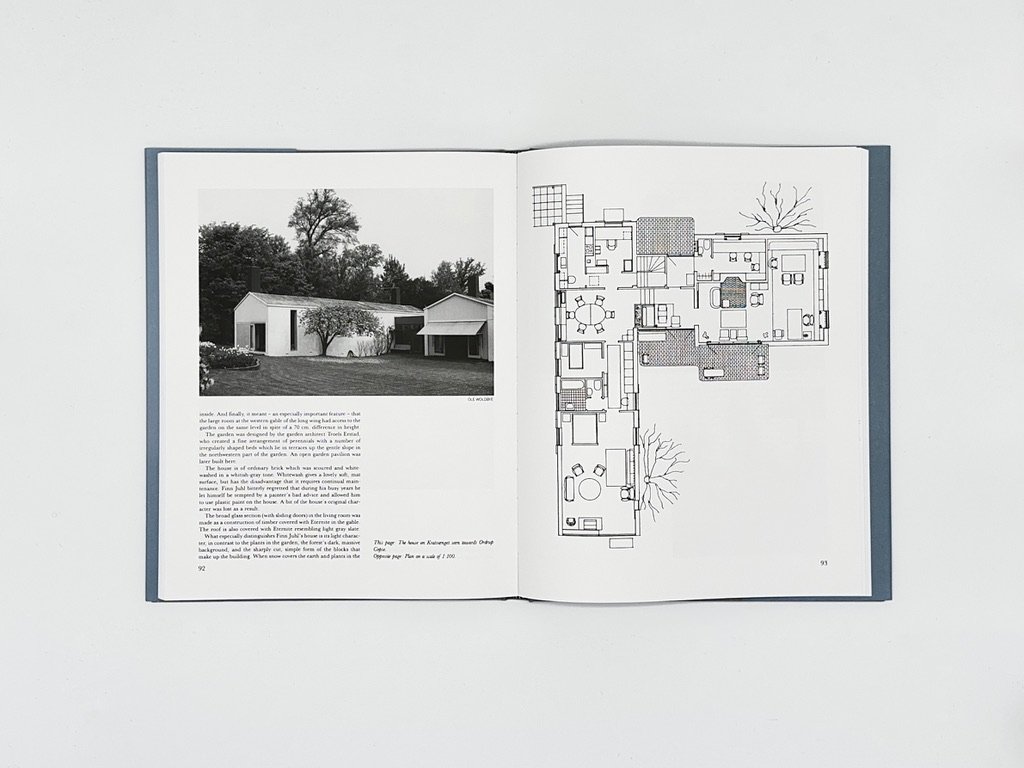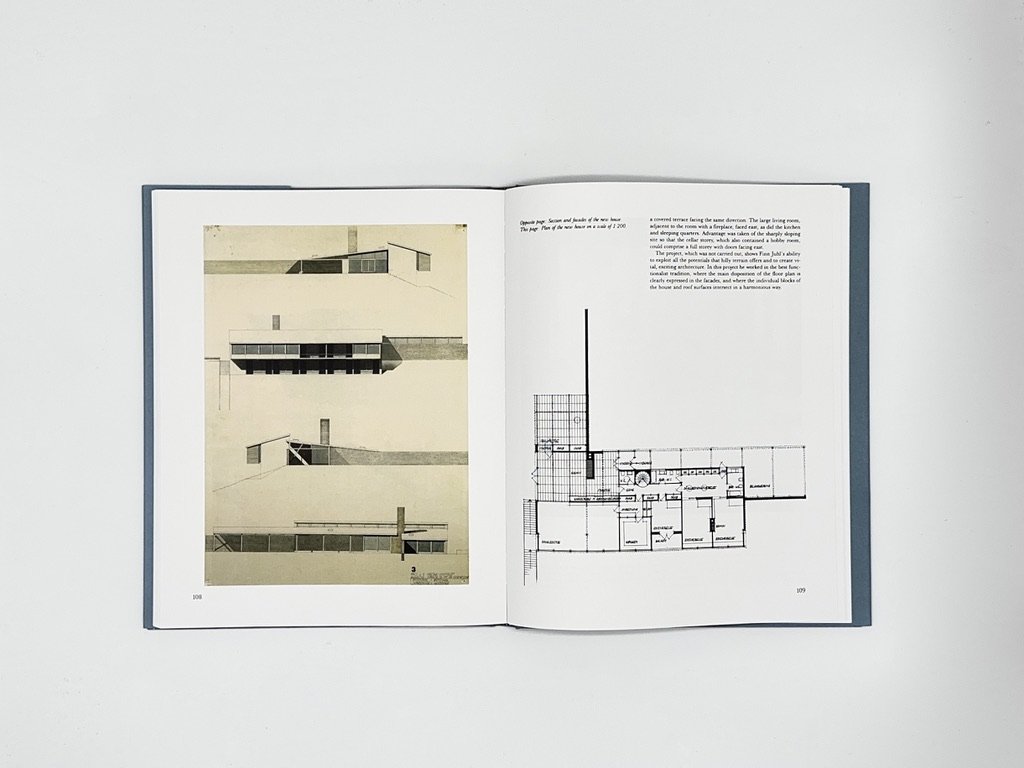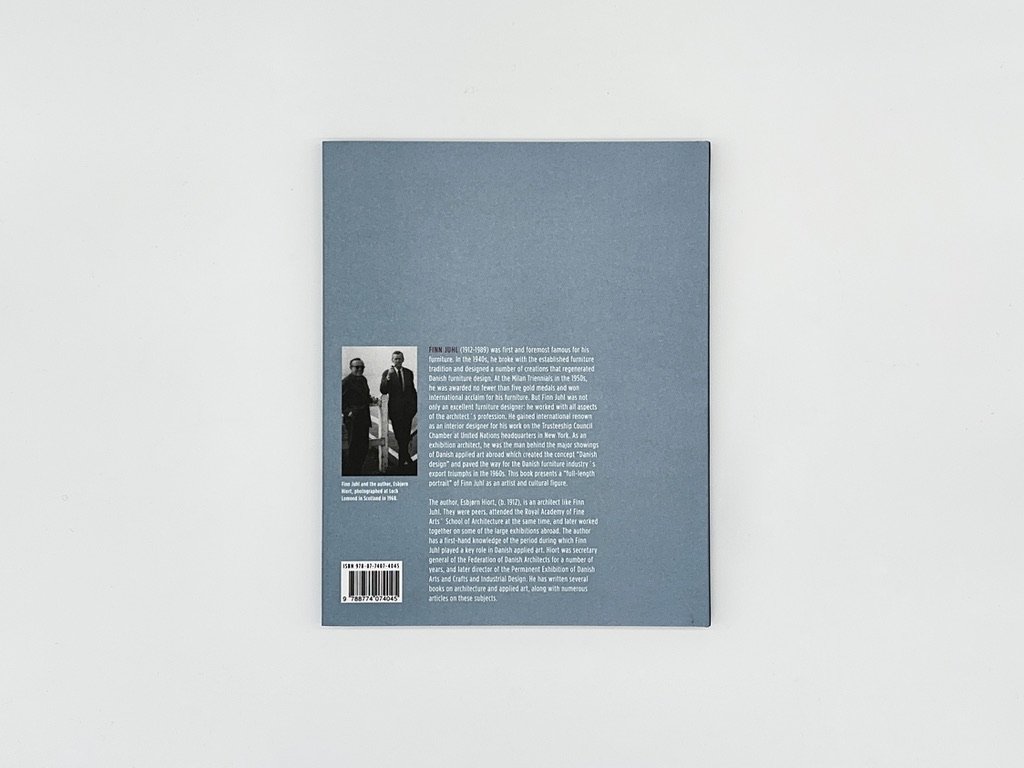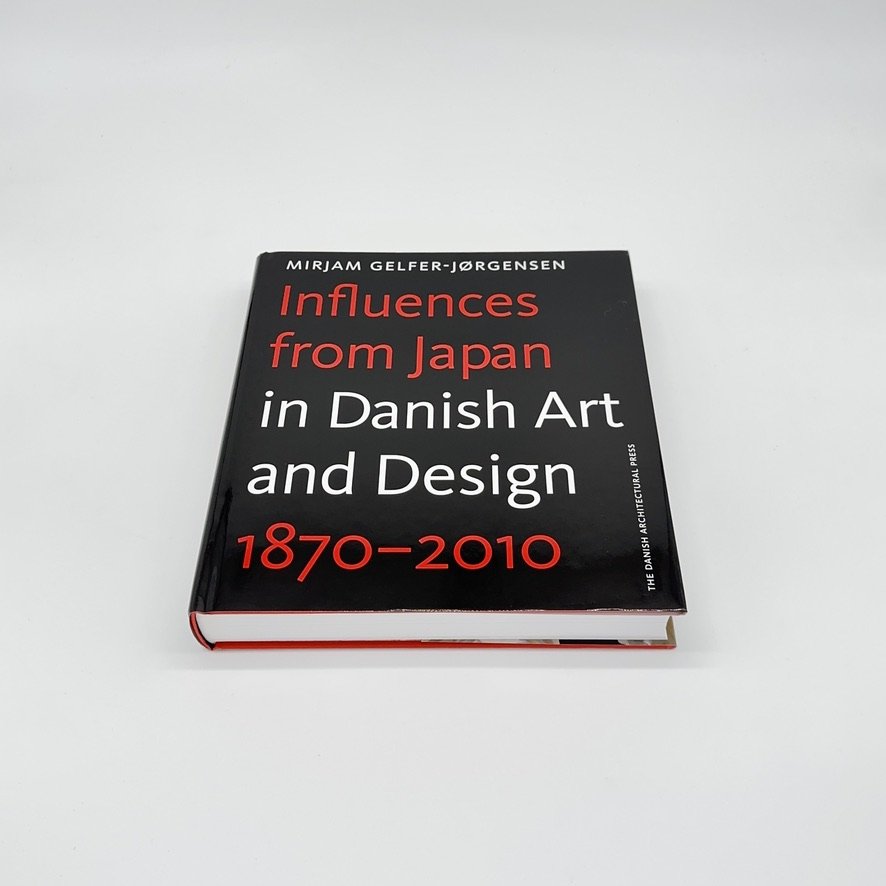 Image 1 of 7
Image 1 of 7

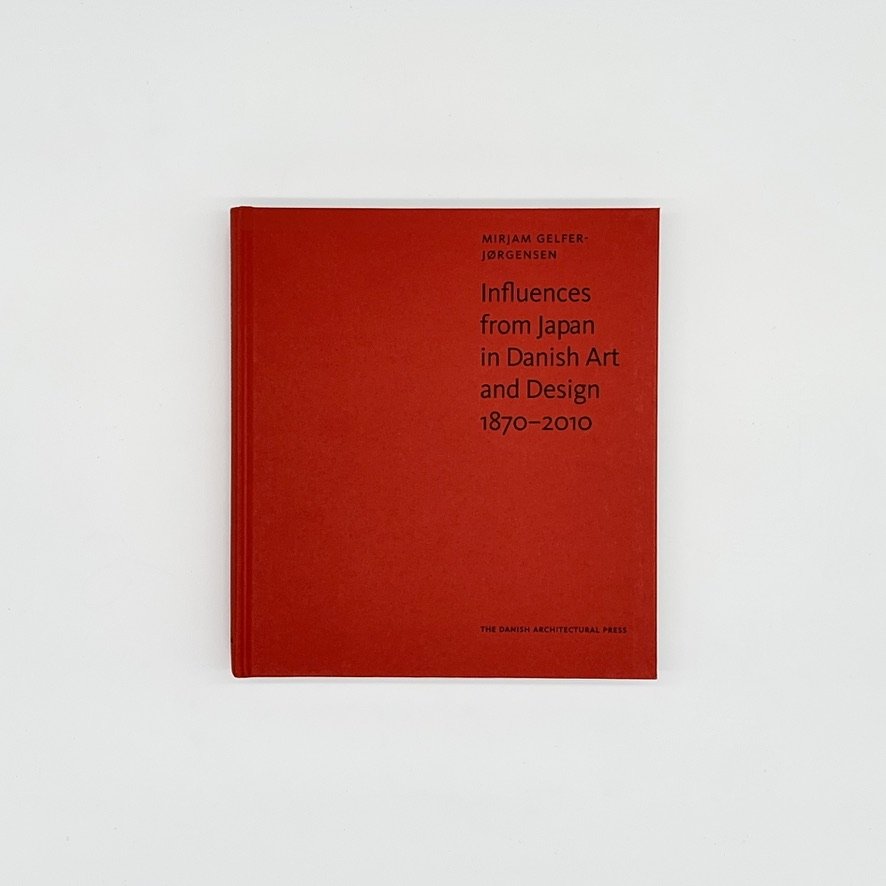 Image 2 of 7
Image 2 of 7

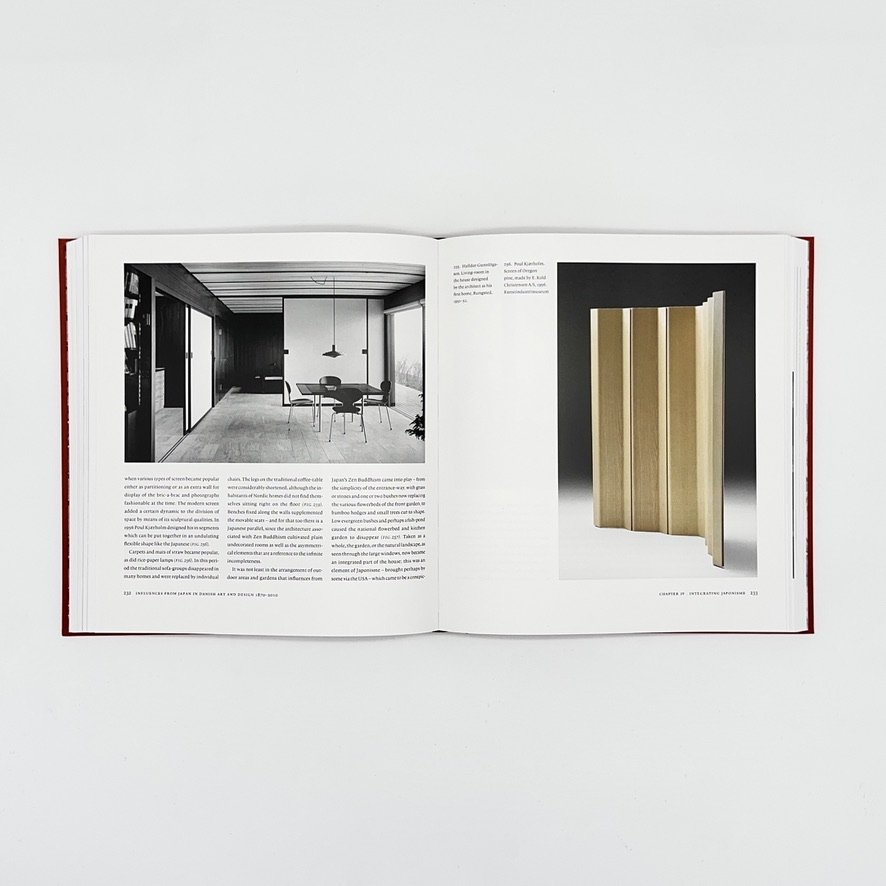 Image 3 of 7
Image 3 of 7

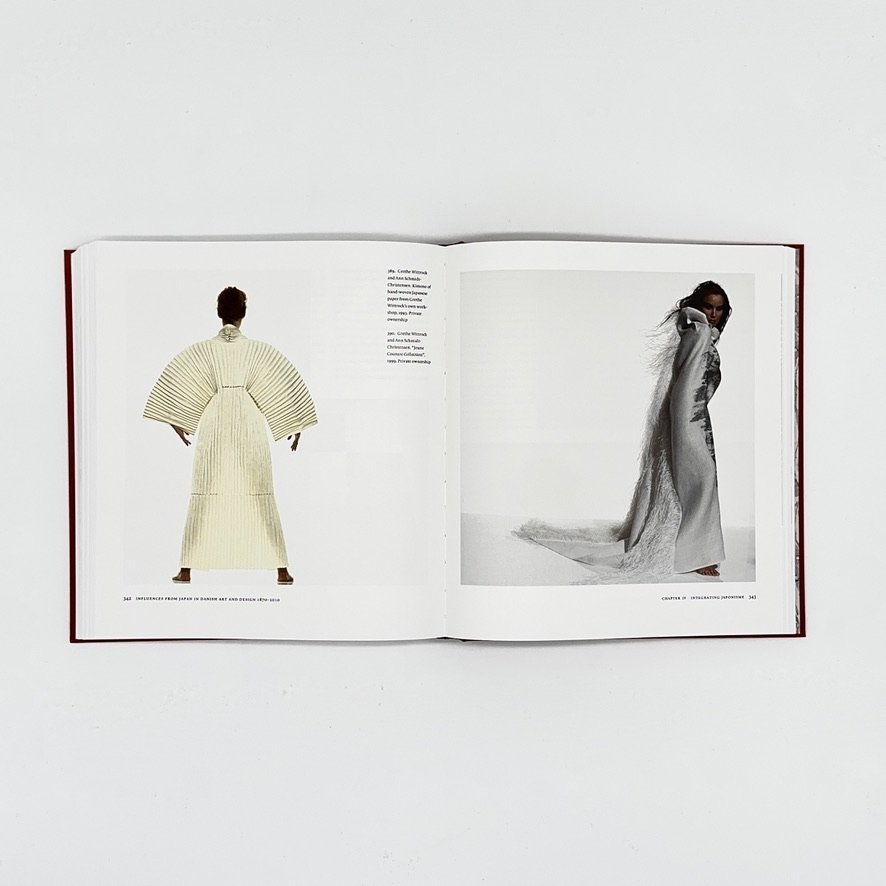 Image 4 of 7
Image 4 of 7

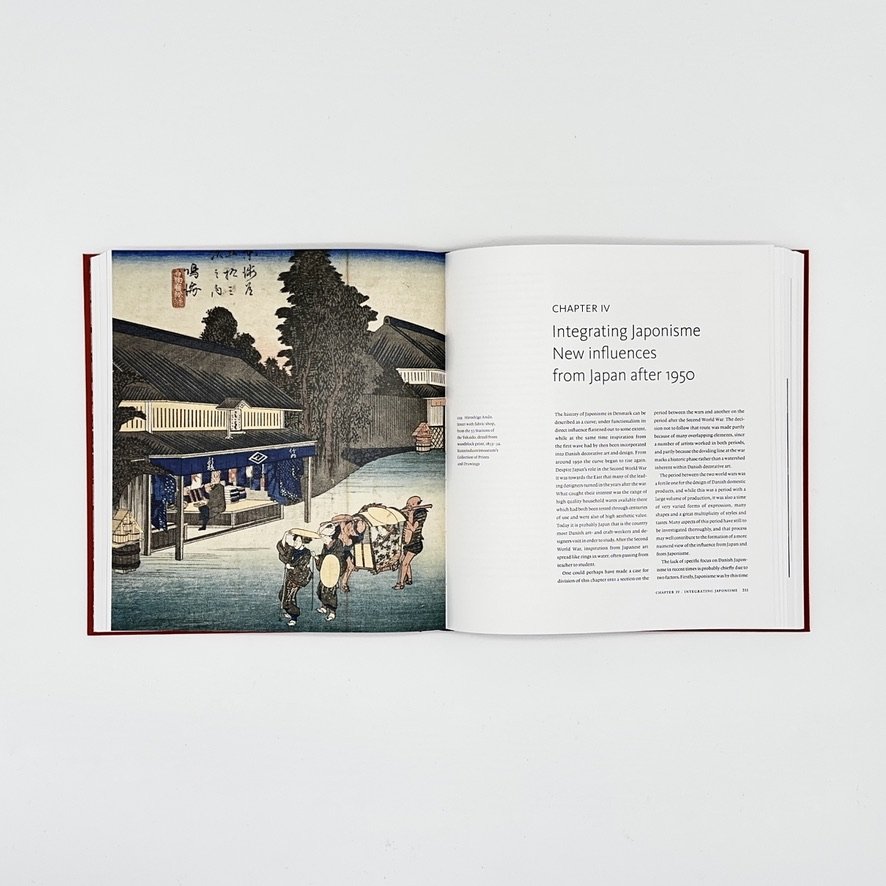 Image 5 of 7
Image 5 of 7

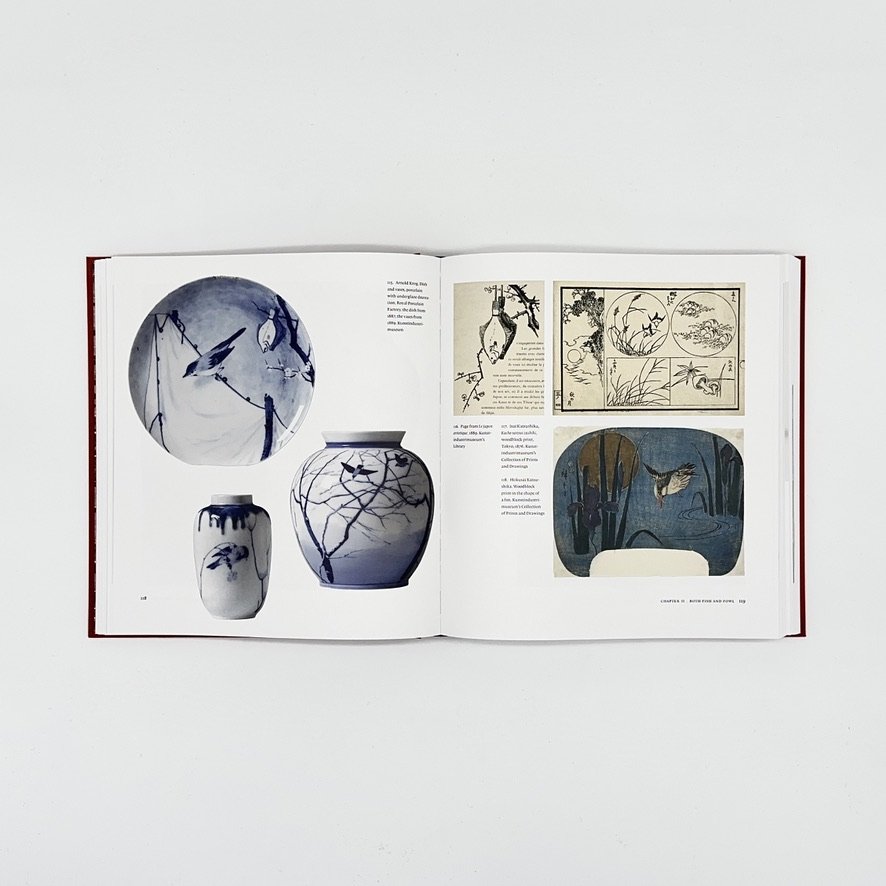 Image 6 of 7
Image 6 of 7

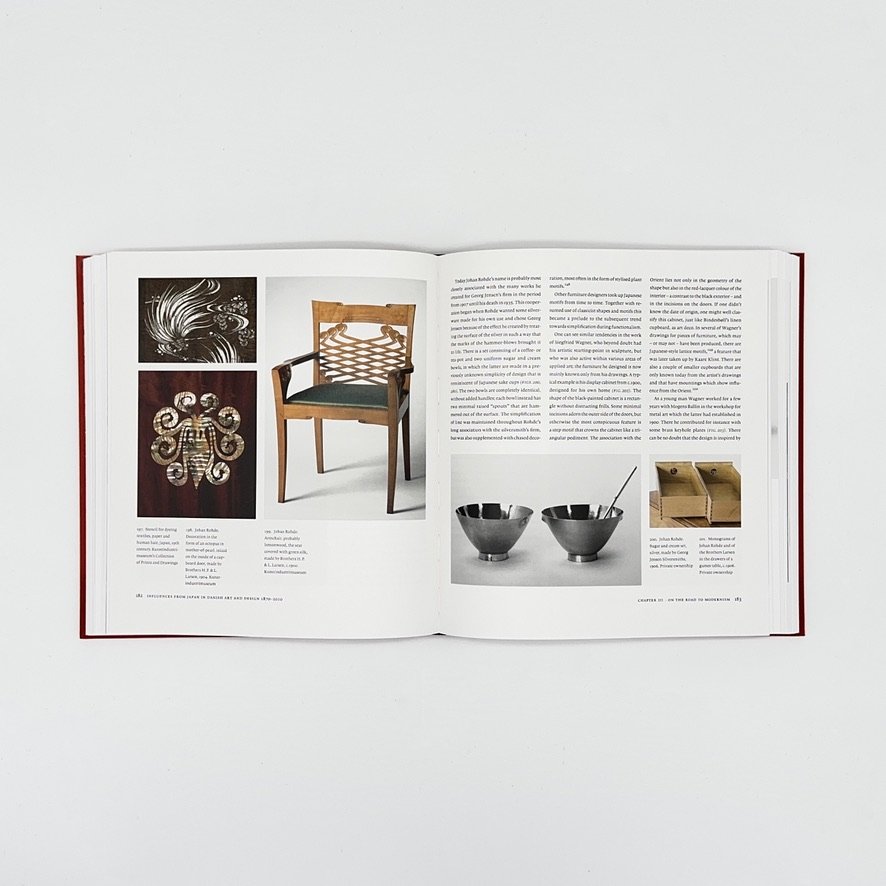 Image 7 of 7
Image 7 of 7








Influences from Japan in Danish Art and Design
Shortly after Japan opened up to the outside world, in the middle of the 19th century, European art received significant stimuli from Japan. Japonisme as a term in Western Art History is used main reference to the period 1880-1910, while in later years it is some used with application to individual cases rather than covering a broader movement. But not in Denmark. In this country there has been an unbroken fascination with Japanese art within architecture, applied art and design - in some periods involving more direct influence than in others. Initially it was the motifs that were fascinating. In recent times it has been the treatment of materials and the processes used that have enticed Danish artists, architects and designers to travel to Japan often for lengthy periods of study. This book is based on a research project which centred on the question: What is the reason that Danish architecture and applied art have now for nearly 150 years taken lessons and inspiration from the art of another country that lies on the other side of the world and is in many ways fundamentally different from Danish society?
Authors: Mirjam Gelfer-Jørgensen
Book Size: 28,2 x 25,7 cm
Pages: 424
Language: English
Format: Hardcover
ISBN: 9788774074151
Released: 2013
Shortly after Japan opened up to the outside world, in the middle of the 19th century, European art received significant stimuli from Japan. Japonisme as a term in Western Art History is used main reference to the period 1880-1910, while in later years it is some used with application to individual cases rather than covering a broader movement. But not in Denmark. In this country there has been an unbroken fascination with Japanese art within architecture, applied art and design - in some periods involving more direct influence than in others. Initially it was the motifs that were fascinating. In recent times it has been the treatment of materials and the processes used that have enticed Danish artists, architects and designers to travel to Japan often for lengthy periods of study. This book is based on a research project which centred on the question: What is the reason that Danish architecture and applied art have now for nearly 150 years taken lessons and inspiration from the art of another country that lies on the other side of the world and is in many ways fundamentally different from Danish society?
Authors: Mirjam Gelfer-Jørgensen
Book Size: 28,2 x 25,7 cm
Pages: 424
Language: English
Format: Hardcover
ISBN: 9788774074151
Released: 2013

